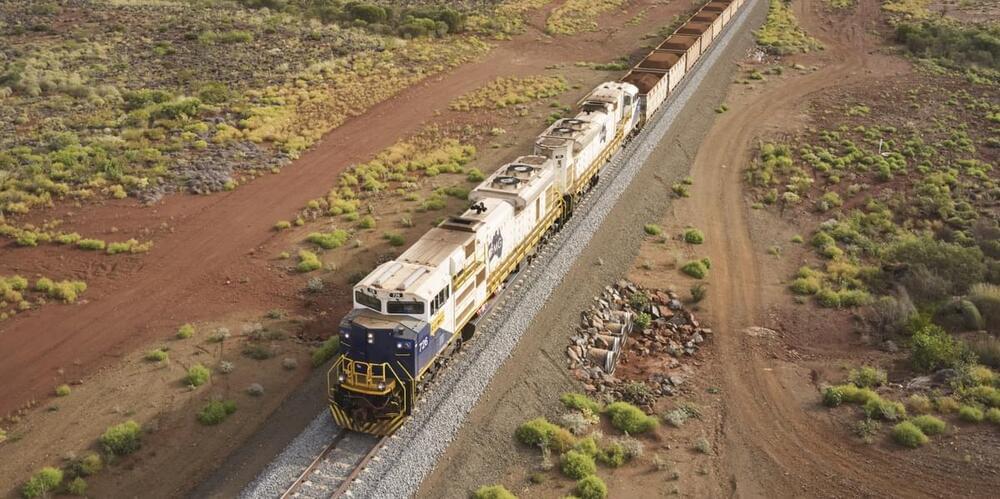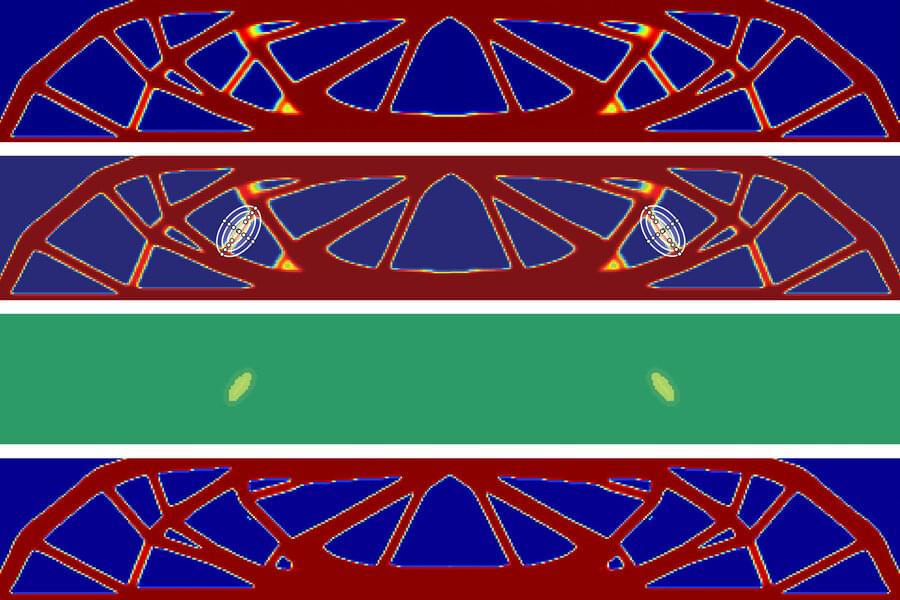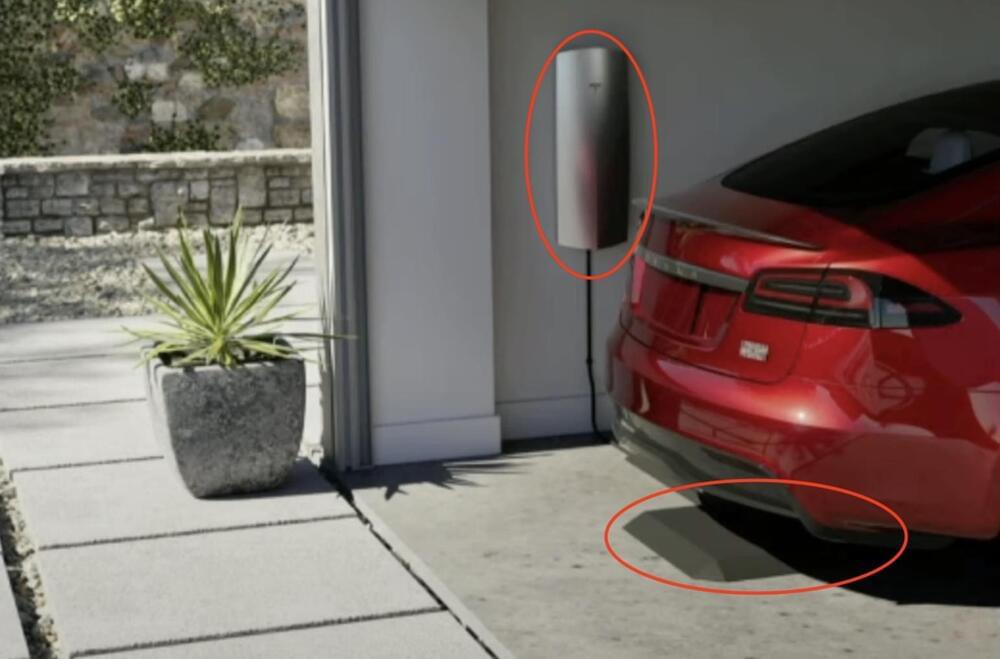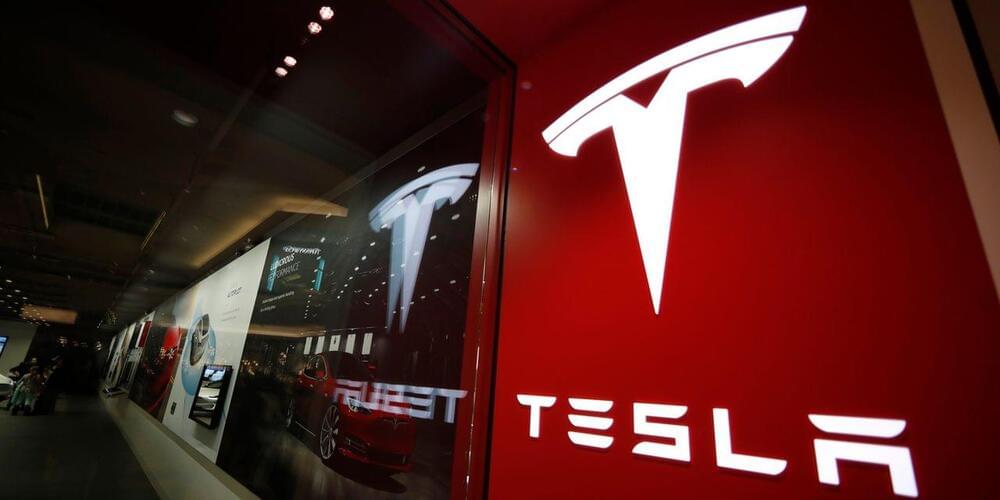And yet the scientific consensus is that 1.5℃ is the real upper limit we can risk. Beyond that, dangerous tipping points could spell even more frequent disasters.
Luckily, the IMO will revise its strategy this July. I and many others expect far more ambition—because zero shipping emissions by 2050 is a necessity to keep the 1.5℃ limit credible. That gives us less than three decades to clean up an industry whose ships have an average life of 25 years. The 2050 timeline conceals that our carbon budget will likely run out far more quickly—requiring urgent action for all sectors, including shipping.
Research has confirmed the potential of wind propulsion. The maths is simple. Shipping accounts for one billion tons of carbon dioxide a year, almost three percent of global greenhouse gas emissions. If wind propulsion saves fossil fuels today, the dwindling carbon budget stretches a little further. This, in turn, buys more time to develop alternative fuels, which most ships will need to some extent. Once these fuels are widely available, we’ll need less of them because the wind can provide anything from 10 percent to 90 percent of the power a ship needs.





